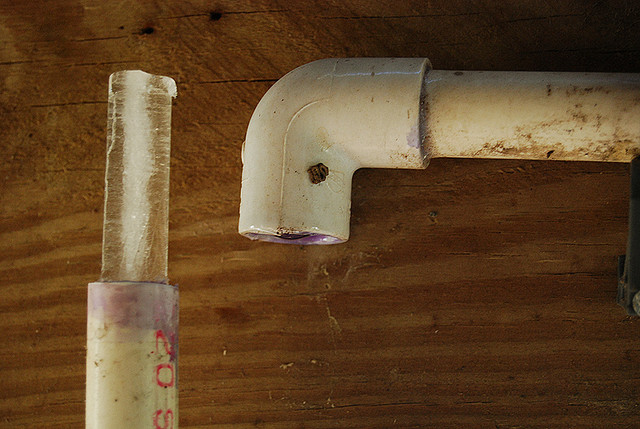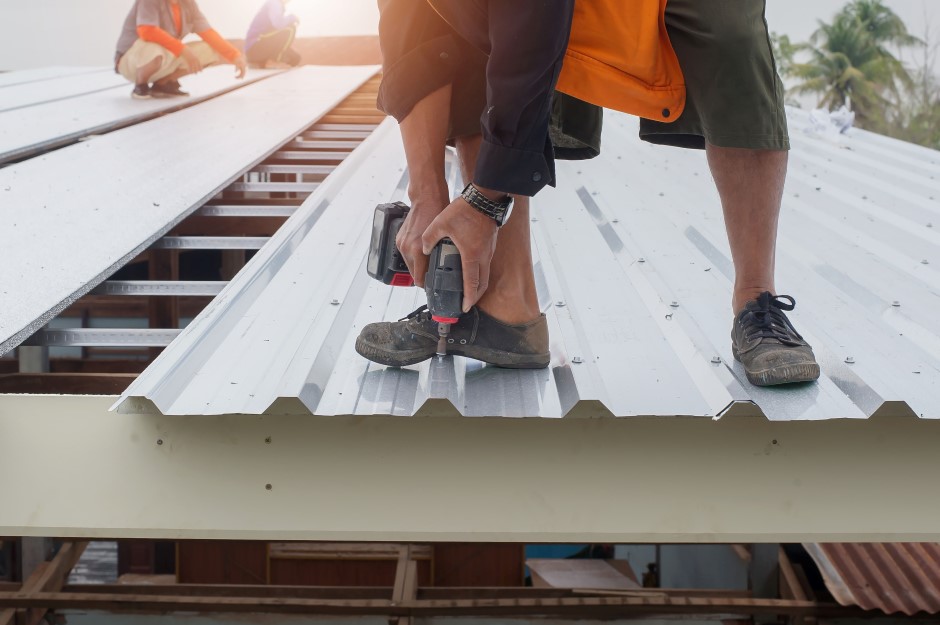 Every year homeowners face a number of unique, and potentially quite dangerous conditions when winter’s cold comes crashing onto their home. One of these common threats which can result in widespread and costly damage is the risk of freezing plumbing which can build up pressure to the point of bursting. To prevent the extensive water damage which can result from these conditions there are a number of different preventative measures homeowners can take to keep their pipes insulated and efficient all winter-long. But, if you didn't have a chance to prepare your plumbing for the cold of winter this year, there are still a number of surefire ways to safely thaw your pipes and stop serious water damage before it starts!
Every year homeowners face a number of unique, and potentially quite dangerous conditions when winter’s cold comes crashing onto their home. One of these common threats which can result in widespread and costly damage is the risk of freezing plumbing which can build up pressure to the point of bursting. To prevent the extensive water damage which can result from these conditions there are a number of different preventative measures homeowners can take to keep their pipes insulated and efficient all winter-long. But, if you didn't have a chance to prepare your plumbing for the cold of winter this year, there are still a number of surefire ways to safely thaw your pipes and stop serious water damage before it starts!
Identify the Problem, Identify the Location
Most homeowners don’t spend their free time touching their plumbing lines to find particularly cold areas but every homeowner can remember a frozen day when they turned on the faucet only to have a trickle come sputtering out. In many cases, this poor water pressure is a sign that somewhere in your plumbing system your pipes are frozen. If you've noticed an issue like this it’s wise to check your home’s plumbing line particularly in uninsulated or inadequately-insulated areas like your your basement, garage, exterior walls, or crawl spaces. These are typically the most problem areas when dealing with freezing plumbing and homeowners can identify the specific problem area by just feeling the area around the pipe. Frozen pipes will have a decidedly colder feel than any other portion of the system, particularly if the faucet is left on to keep the water flowing where it can.
Thawing Frozen Plumbing

Once you've identified the frozen portion of pipe, turn off the connected water valve so as to minimize the risk of the pipe bursting once thawing begins. Often if this isn't done the sudden shift from the high pressure state of a frozen pipe to the low pressure state of a thawed pipe can cause the plumbing to burst causing major water damage. By shutting off the water you reduce this risk tremendously. Once you've secured the area, begin wrapping the pipe with specialized heat tape or warmed towels and then use either a space heater or a blow dryer to slowly melt the frozen water within the plumbing. If you’re unable to reach the frozen portion of your plumbing, notice it starting to crack throughout this process, or are unsure about your ability to safely thaw your frozen pipes, don’t hesitate to contact experienced, licensed plumbers to have the issue handled professionally.
Prevent Future Frozen Plumbing
Plan ahead for next year by researching affordable and effective plumbing insulation options, particularly in those exterior surfaces where frozen pipes are most prevalent. This can significantly reduce the risk of problems like this arising again and oftentimes can be completed more affordably than homeowners thought possible! Additionally, it’s good practice to leave your faucets dripping when winter begins to get its coldest so that a steady stream of water is constantly moving and, therefore, much harder to freeze in one place. With just a little planning you can ensure that next winter your home’s plumbing stays efficient and reliable no matter what Mother Nature throws at you!







